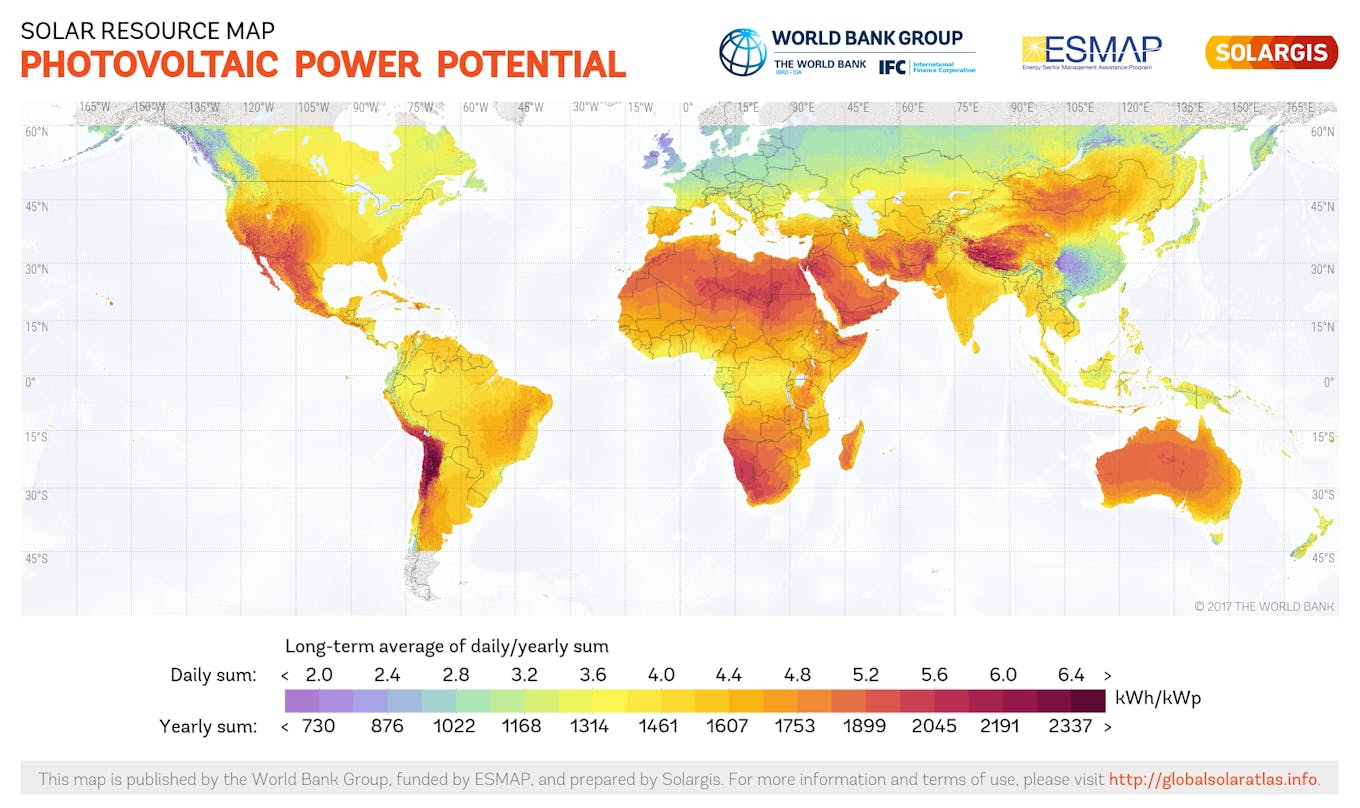All over the world, technology is evolving rapidly, and disrupting business models in all sectors ranging from energy to food to computing; in Australia, the breakneck rise of wind and solar technology presents the country with an opportunity to be a renewable energy superpower.
To continue reading, subscribe to Eco‑Business.
There's something for everyone. We offer a range of subscription plans.
- Access our stories and receive our Insights Weekly newsletter with the free EB Member plan.
- Unlock unlimited access to our content and archive with EB Circle.
- Publish your content with EB Premium.
This was the optimistic outlook delivered by American computer scientist and futurist Ramez Naam at the SingularityU Australia Summit, held in Sydney from February 19 to 21.
Speaking to about 1,100 attendees at the ICC Sydney Convention and Exhibition Centre, Naam said that coal has long been the biggest source of energy worldwide, but this trend is being disrupted thanks to the huge spike in the amount of renewable energy capacity installed worldwide, as well as the sharp fall in the price of wind and solar energy in the past decade or so.
For instance, according to the International Renewable Energy Agency (IRENA), the total amount of installed wind energy globally increased 27-fold from 17,278 megawatts (MW) in 2005 to 467,165 MW in 2016. Solar energy capacity increased from 1,248MW in 2000 to almost 300,000 MW in 2016.
At the same time, the price of these technologies has dropped precipitously in recent years, said Naam, who is also co-chair, energy and environmental systems, Singularity University. This is a Silicon Valley-headquartered think tank that, among other things, offers courses focused on scientific and technological progress, as well as a business incubator.
Renewable energy’s progress is a positive feedback loop and virtuous cycle, said Naam. “Any new exponential technology is super expensive at first, and most consumers cannot afford it. But as the scale goes up, the price goes down,” he said.
And when it comes to adopting clean energy at scale, Australia has what it takes, said Naam.
For instance, Australia’s south coast has “some of the fastest winds on earth, and is ripe for offshore wind power,” he observed.
And according to a global survey mapping the solar power potential of various countries, Australia’s potential is among the highest in the world, as is the amount of solar radiation the country receives each year.

A map showing countries’ potential for solar energy. Image: © 2017 The World Bank, Solar resource data: Solargis.
“Australia has the potential to be a renewable energy superpower,” said Naam, adding that currently, this potential remains unfulfilled.
For instance, Australia has only about 6.5 gigawatts of installed solar capacity, while Germany, which has significantly lower levels of solar radiation, has 40GW, Naam said.
Attributing Germany’s solar uptake to “brave policy decisions” by policymakers to support renewable energy adoption even though it was veryy expensive for the better part of the past decade, Naam reiterated that Australia’s potential to cash in on solar will only grow as the price of solar energy continues to drop.
“In nearly every part of the planet, we are looking at some combination of wind and solar being the cheapest way possible to generate electricity,” Naam noted.
The rise of renewable energy goes hand in hand with the improved efficiency and falling costs of energy storage technologies, Naam pointed out.
“Batteries are still expensive,” he acknowledged. “But prices are dropping. If solar prices dropped by a factor of between five and seven in a decade, we will see a similar trend in the price of lithium ion batteries.”
Naam’s optimistic outlook for Australia’s renewable energy potential comes at a time when the nation remains locked in heated debate about the current and future role of coal in its economy, and energy mix.
An especially contentious subject has been Indian resource giant Adani’s planned Carmichael coal mine in North Queensland, which has been widely opposed by environmental and community groups, but shored up by the government as an essential source of jobs and economic development in the region.
The reality is that coal is in a “death spiral”, and the economic case for it is fast disappearing, said Naam. The spiral refers to a pattern where the number of hours that coal power stations need to operate declines as renewable energy accounts for more and more energy use; this in turn leads to an increase in coal power costs, even as renewables costs come down.
In the US, for instance, the Carbon Tracker initiative shows that in Colorado, the operating cost of coal is higher than all new projects that combine wind and storage, and most new solar and storage projects. That is, it is cheaper to build new renewable energy projects than to keep existing coal power stations going.
It’s not just Colorado where renewables are becoming more viable, said Naam. Pointing to China’s move to halt the construction of 150 power plants last year—many of which had already begun construction—he noted that even if solar is not currently cheaper than coal in China, “it will be, eventually”.
For the Adani mine, the only way the project makes economic sense is if one assumes that the cost of solar and wind will suddenly start rising, Naam said. “If not, this makes no economic sense, whether or not you care about the environmental issues.”
Ultimately, the fact that renewable energy will disrupt the global energy system is inevitable, said Naam.
Companies and countries alike can stay ahead of the curve by limiting their exposure to coal, oil and gas as they become increasingly economically unviable; and investing in clean, cheap energy, he suggested.
“The disruption won’t happen in just a few years; it will take decades, but it is happening,” he said.








